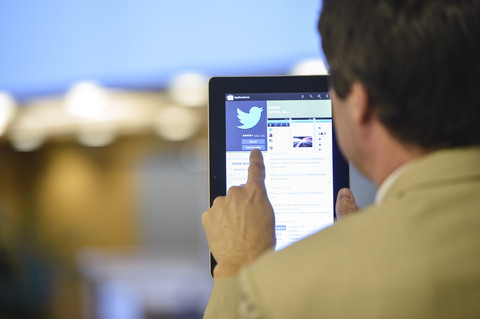NEWS
EU leaders’ social media ‘fail’ in first 40 days of pandemic

European leaders of countries hit worst by the first coronavirus outbreak failed to exploit the potential of social media, and their own millions of followers, to encourage citizens to comply with the rules, a new study has found.
The report estimated that video content and social media usage increased 33 percent during the Covid-19 pandemic.
But online political communication has mostly centred on Twitter.
The analysis, looking at the Twitter usage of French president Emmanuel Macron, Spanish prime minister Pedro Sánchez, Italian former head of state Giuseppe Conte, UK prime minister Boris Johnson and the European Commission president Ursula von der Leyen, concludes that these politicians missed the opportunity to build leadership and use social media effectively as a principal source of communication with citizens when the pandemic broke out.
“During the health crises of the last decade, social media has played a fundamental role in delivering timely key messages and behavioural instructions to a large part of the population,” said Sebastián Sánchez, one of the authors of the study.
“During the dramatic first 40 days [of the pandemic], European communication required clear, compelling and coordinated discourse by political actors. But this did not take place,” he added.
“The population was mired in information overload, and it was the population that demanded specific guidelines, the scientific rigour and tranquillity that the leaders are expected to deliver,” he warned, arguing that the communication on Twitter of European politicians turned out to be “individualistic” and “ineffective”.
The report suggests that leaders also missed an early opportunity to “lead by example” since they did not show themselves wearing masks, washing their hands or practising social distancing in most of their tweets.
EU leaders opted to maintain a “top-down communication strategy” using the microblogging platform mostly as a news service.
The authors criticised, for example, that the length of the videos posted by Sanchez was excessive (an average of 49 minutes) – making it difficult for his followers to quickly understand the key issues.
Additionally, European head of state governments failed to demonstrate an empathy for citizens.
Only Johnson’s Twitter use, which combined selfies and other personal pictures, for instance, during his confinement, established direct communication with his followers.
That is important because “the more proximity shown by the leader, the more impact is achieved,” the authors note.
Moreover, the prime ministers and leaders who most presented themselves in “a leadership position”, such as an office, a press room or the street with a crowd around them, were Macron and von der Leyen.
However, social distancing measures were not always observed in the audiovisual content published by leaders during the first days of the pandemic, representing what researchers have called a “counter-intuitive situation”.
